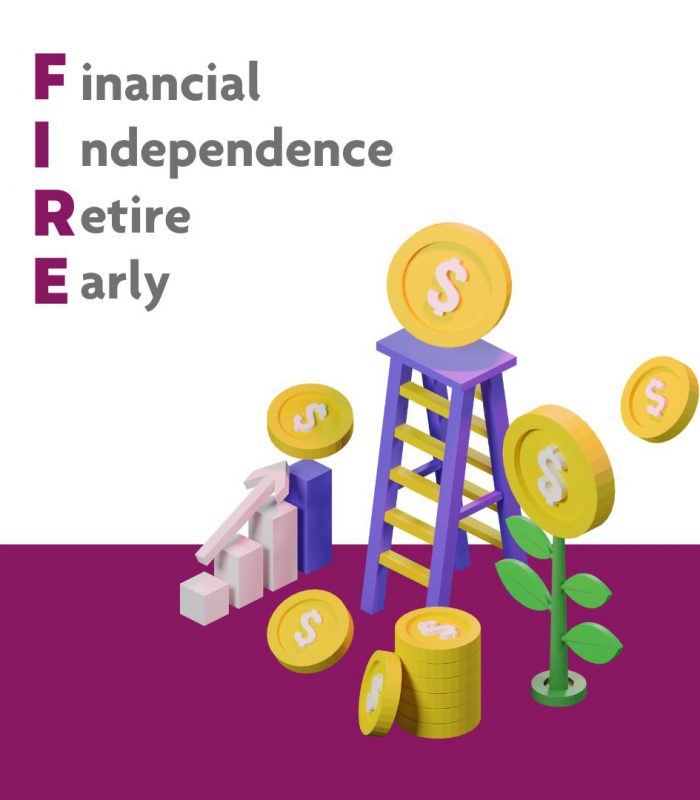ESG and SRI Investing: What’s the difference?
In recent years, you’ve probably heard about ESG investing or SRI investing when looking into the different investments to put your money in.
According to CNBC, these investing approaches saw a significant increase in investors in 2018. More than $30 trillion have flowed into ESG and SRI investments and some analysts predict ESG investments could reach $50 trillion in the next two decades. ESG and SRI investing methods are gradually being incorporated in many fund managers’ portfolios, so it’s important to understand what these approaches are, their differences, and how they can impact your investments.
What is SRI investing?
SRI investing, or socially responsible investing, is an investment approach in which an investor actively looks for or eliminates investments or funds based on their personal or ethical principles. The goal of this investing approach is to still earn a return while staying true to your values.
There are two ways an investor can employ the SRI investing approach: through positive screening, or negative screening.
Positive screening means actively looking for investments and companies that fit your values. If you’re a passionate advocate of the environment, then your investment may entail companies that are actively making a positive environmental impact such as solar companies.
Negative screening is when you exclude any companies that are not aligned with your values. For instance, if you feel strongly about the impact of tobacco on our health, you may choose not to invest in funds that have an exposure to tobacco companies.
The SRI investment strategy is referred to with many names, one being value-based investing. To guide their socially responsible investment selection, certain fund managers and investors employ a framework that consists of environmental, social, and governance factors, also known as ESG investing.
What is ESG investing?
Essentially, ESG is a subset of SRI.
ESG stands for environmental, social, and governance. Investors and fund managers are increasingly incorporating ESG components in their research process to identify the risk and returns of an investment in accordance to not just a company’s long-term viability, but also its ethical impact.
E stands for the environmental impact of the company through areas such as:
- Carbon emission and intensity
- Energy efficiency
- Water consumption
- Climate change
- Deforestation
- Pollution
- Greenhouse gas emission
- Use of renewable energy
- Use of green technologies
S stands for the company’s social impact where issues that relate to consumers, employees, suppliers, and the community are taken into consideration:
- Business relationships
- Employee relations
- Employee diversity
- Working environment and conditions
- Child labor
- Slavery
- Community development
- Gender equality
- Customer service
G stands for the governance of a company, addressing issues such as below that are in relation to the business ethics, organizing and leadership capabilities, and the position of stakeholders:
- Structure and independence of the board
- Accounting standards
- Audit efficiencies
- Diversity and structure of the board members
- Bribery and corruption
- Board renumerationsBoard renumerations
- Political influence
- Democracy of shareholders
An ESG investing framework uses ESG metrics to measure the exposure a company has towards environmental, social, and governance risks. While traditional financial analysis looks at the revenue growths or profit turnovers of a company, ESG metrics analyse the non-financial factors such as any litigation issues or the number of gas emissions.
Unlike SRI investing, ESG funds look at these ethical factors as part of the analysis process to determine if the company will be profitable in the long run in the face of risks such as climate change, shifting labour laws, and government regulations. In other words, companies that have a high ESG score are more likely to be resilient to systemic risks.
Pros And Cons to ESG and SRI Investing
Pros
Align your values with your investments
With ESG or SRI investing, investors can connect with their values when choosing funds or stocks to invest in. If you’re an investor who is passionate about climate change and wish to do something about it, you can invest in companies that are dedicated to reducing carbon footprints, or companies that are making sustainable products.
Similarly, if you feel strongly about racism, you can gain exposure by investing in companies or funds that advocate these issues.
Competitive returns
ESG ETFs have been steadily outperforming their peers and have gone up by 220% in 2020. Companies like Coca-Cola and Nike are adopting ESG principles, by reducing waste and managing water efficiency, which improves the performance of the company as a whole.
Ethical funds have been delivering better returns than their peers and that is due to the way the fund is managed, assets invested by the fund, and the exposure of the funds. Giants in the industry have even stated that sustainability is the new standard of investing.
Minimum legal risks
Companies with high ESG are less likely to be involved in any scandalous operation that could negatively impact the performance. These companies are highly dedicated to environmental and social issues reducing the likelihood of facing legal risks.
Cons
No standardized scoring system
Due to the recent adoption of ESG principles into investing, the ESG score is not measured by a fixed system. It varies across different rating agencies, countries, and fund managers. Although ESG has no standardised scoring system, organisations and regulatory bodies such as the Global Reporting Initiative (GRI), Sustainability Accounting Standards Board (SASB) and Sustainable Finance Disclosure Regulation (SFDR) are being established and working on creating a standardised system.
Recently, further steps to standardise ESG reporting were taken at the 2021 United Nations Climate Change Conference (COP26). The International Sustainability Standards Board (ISSB) was created to provide a consistent, trusted, global reporting standard that can help investors understand a company’s long-term societal impact and its performance.
One commonly used scoring system is the MSCI ESG Ratings where if a company abides by ESG principles and conducts the company accordingly, the company will then be rated AA or AAA. If a company is rated CCC or B, this means that the company has failed to comply with ESG principles.
Reduced diversification
Diversification is one of the key factors to investing. As an investor, you should invest in different asset classes to increase your exposure and reduce the risks of investment. However, if you’re looking to invest incompanies with ESG or SRI principles, you might find yourself having lesser options to invest in.
Share what you've learned
You may also enjoy

Different Styles of Investing

What to Do With Your Annual Bonus



